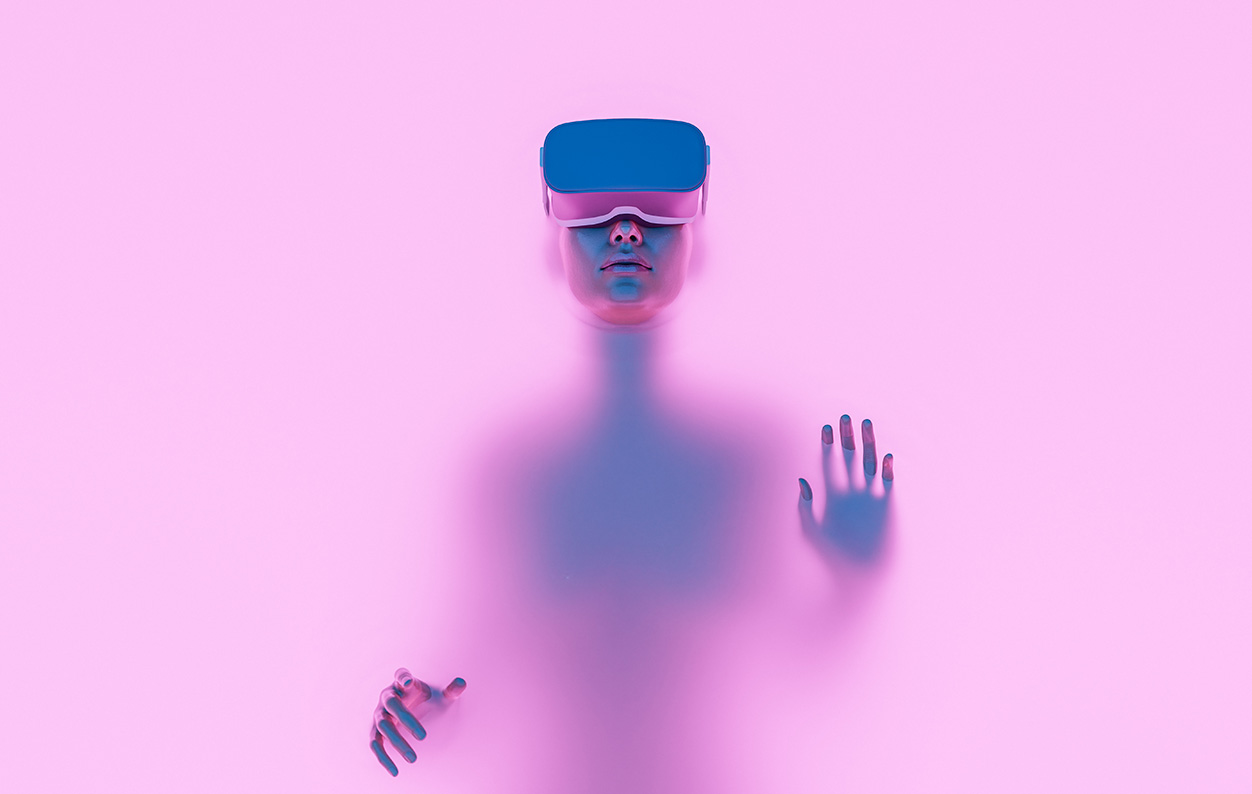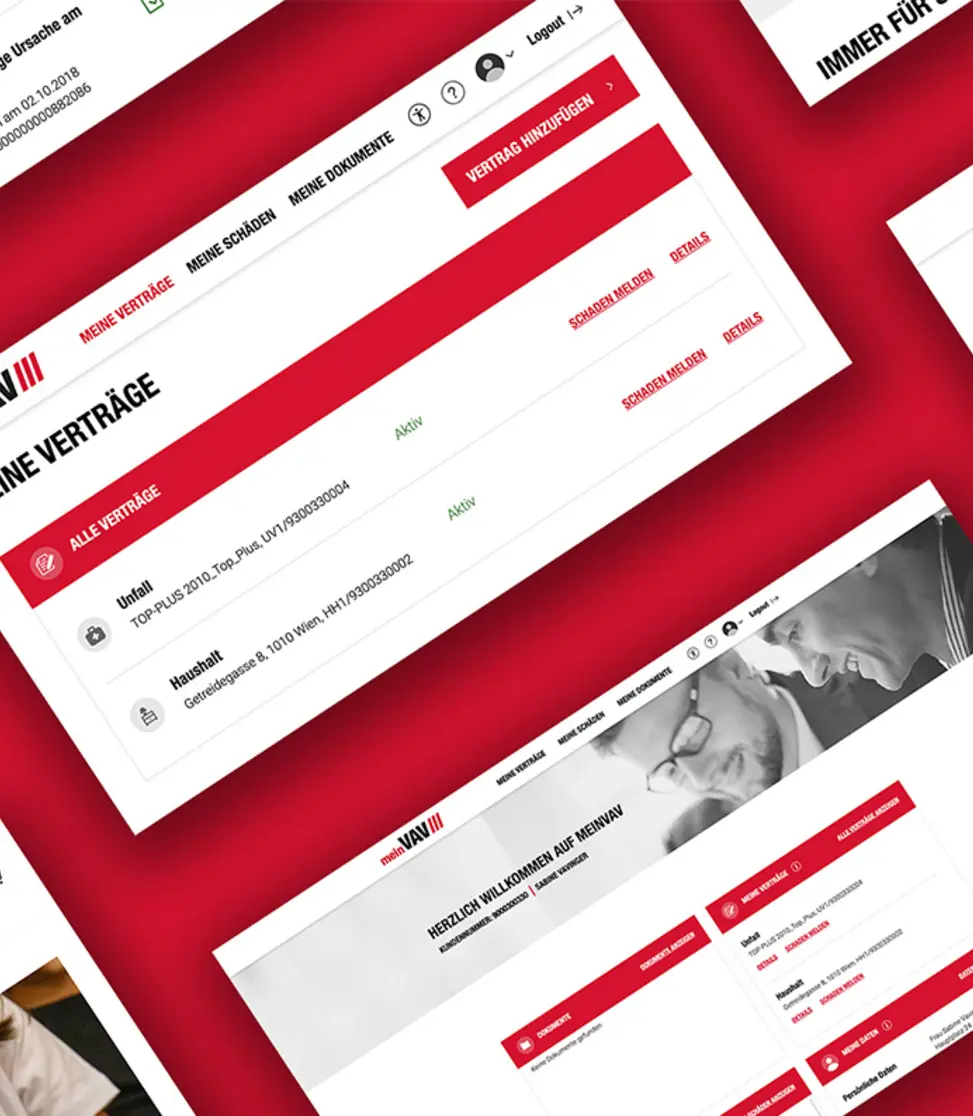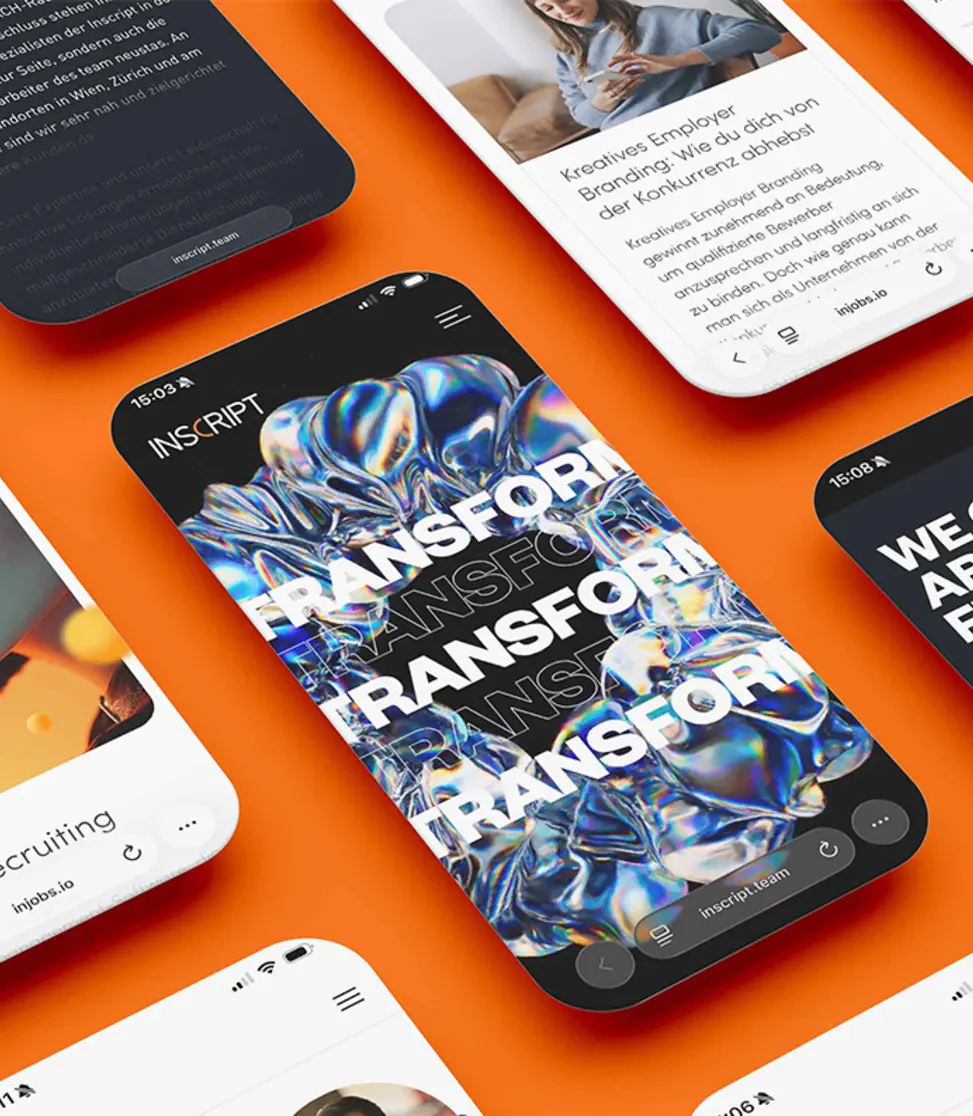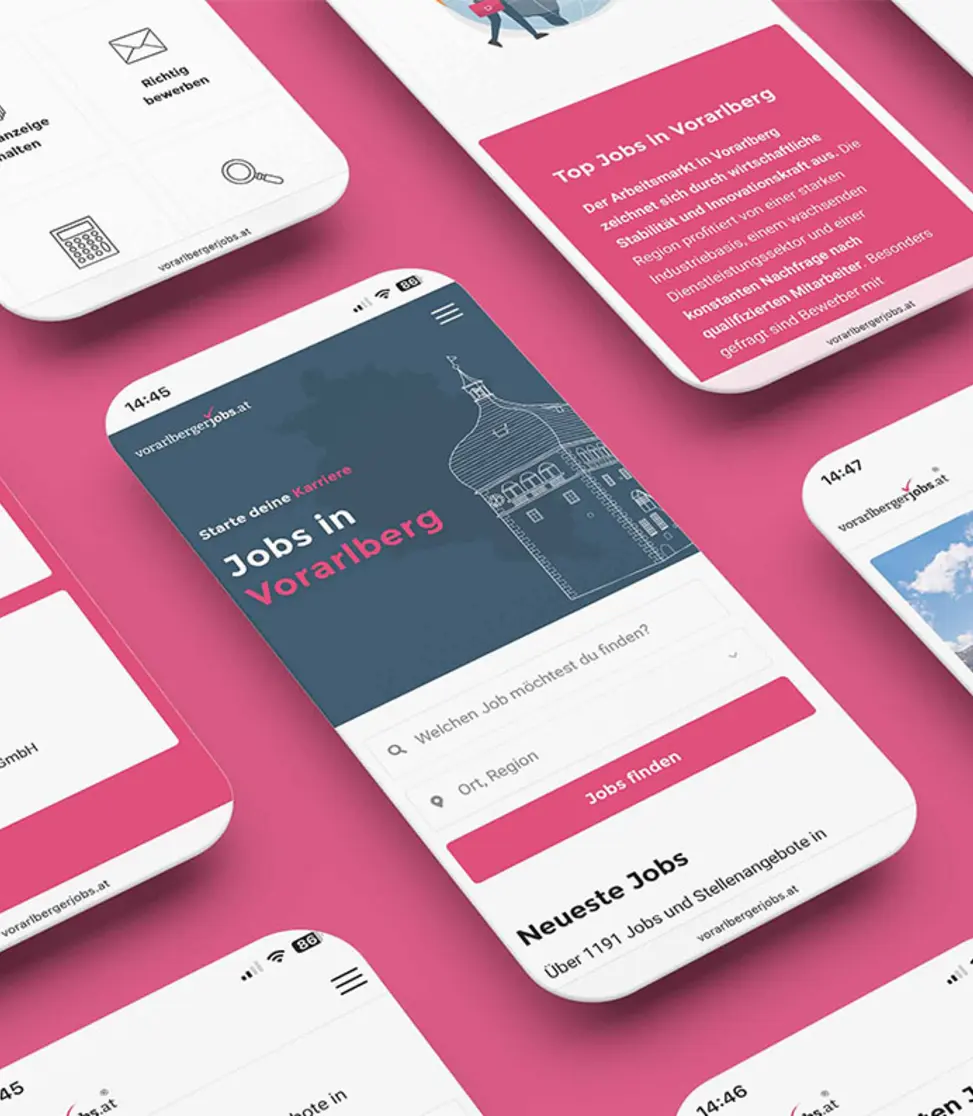


Meta-storytelling
Meta-storytelling is a strategic approach in which stories are told and developed across platforms - from Instagram and Web3 applications to augmented reality (AR), virtual reality (VR) and chatbots. In the past, it was enough to tell a good story once - in a TV advert, on the website or in a social media post. Today, however, users encounter brands on a wide variety of platforms, often simultaneously and with completely different expectations. This is exactly where meta-storytelling comes in: Instead of individual campaign elements, a networked story ecosystem is created in which users can actively shape the story or follow it in different digital spaces.
Brands that rely on meta-storytelling think beyond traditional channels. An example: a brand tells the beginning of a story on Instagram, lets it continue interactively via an AR filter feature on Snapchat, links it to exclusive NFT content on the web3 - and continues the whole thing in a personalised direction via an AI-supported chatbot on the website. This creates seamless, individual and interactive brand experiences that adapt flexibly to user behaviour.
What does successful meta-storytelling require?
Brand presence in the digital multiverse
Meta-storytelling is more than just a buzzword. It is a paradigm shift for brand communication in the digital age. Those who still think in terms of campaigns today will be overtaken tomorrow. But those who create stories that unfold across platforms, realities and technologies create emotional brand connections that go deeper than any individual touchpoint.
Frequently Asked Questions
FAQ
Meta-storytelling is a strategic approach in which brands tell stories across platforms and interactively - for example via social media, web3, augmented and virtual reality and chatbots. The story not only lives on one channel, but continues to unfold in different digital realities.
Traditional storytelling usually follows a linear narrative structure and is channel-bound. Meta-storytelling, on the other hand, dynamically links content across multiple platforms and enables users to actively immerse themselves in the story or help shape it.
Social media (e.g. Instagram, TikTok), immersive technologies such as AR/VR, Web3 platforms (e.g. for NFTs or token-gating) and interactive tools such as chatbots or AI assistants offer ideal opportunities for meta-storytelling.
It enables stronger emotional brand loyalty, more individual user experiences, higher engagement rates and a lasting presence across various touchpoints - adapted to the behaviour and expectations of the target group.
Not necessarily. Although it requires technological expertise and good planning, even small, creative implementations - such as combining social media with a simple AR filter or chatbot - can get you started and have a strong impact.











